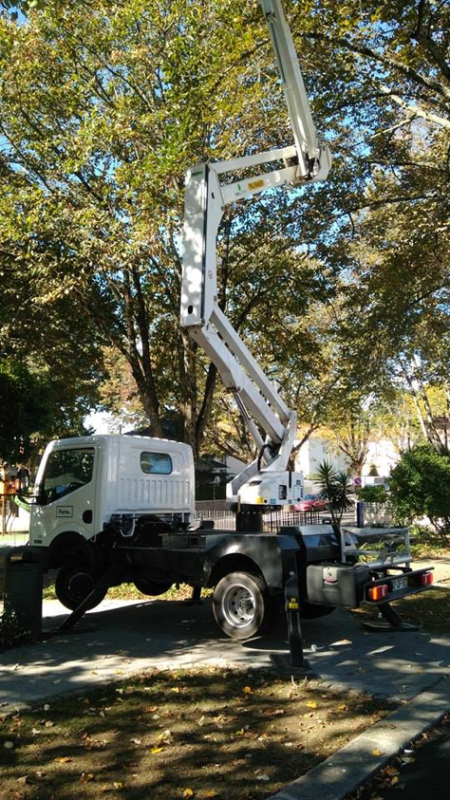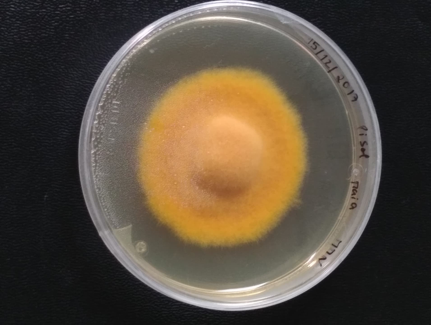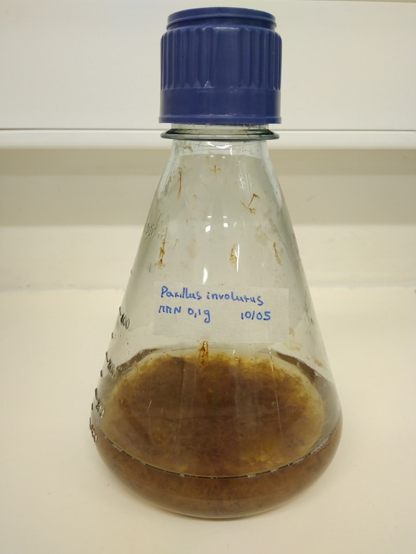
Area characterisation:
Almost 75% of Portuguese population lives in cities, towns and suburbs. Porto is the second largest city in Portugal and one of the major urban areas of the Iberian Peninsula. The urban area of Porto has a population of 2.9 million (Census 2011) in an area of 389 km2. Porto has a warm-summer Mediterranean climate characterized by warm, dry summers and mild, rainy winters. The annual precipitation is high and concentrated in the winter. The highest point in the city is Monte Tadeu -149m. For the present work, 67 Tilia tomentosa trees were selected from three planting systems: 24 trees from box system, 35 trees from lane system and 8 trees from park planting system. Some of the selected trees are antique, having more than 80 years.
Objective:
The aim is (i) to provide an assessment of the EcM community and functional group composition of urban trees, and of its environmental drivers, using next generation sequencing techniques; (ii) to relate specific EcM, or functional groups of EcM, to tree health, and tree ecosystem service delivery and resilience, using advanced noninvasive spectral and physiological sensing technology, diameter growth measurements, and urban biophysical modeling; and (iii) to develop and test (in situ & ex situ) a dedicated EcM-inoculum to improve urban tree health, and ecosystem service delivery and resilience.
Images
Financing:
This research was funded through the 2015-2016 BiodivERsA COFUND call for research proposals, with the national funders BelSPO (Belgium), ANR (France) and FCT (Portugal).
Actions:
1. Selection of a tree model, Tilia tomentosa, present in urban areas of the three cities participating in this study and selection of sites (box, lane and park).
2. Collection of root samples for EcM richness and functional diversity; leaf samples for chemical, photosynthetic, biometric parameters; and soil samples for chemical characterization.
3. Setup of sensors for air temperature and humidity and dendrometers for continuous diameters growth measurements and water status of trees.
4. Selection, isolation, and establishment of pure fungal cultures of EcM fungi species associated with Tilia species.
5. Development of inoculum formulations (fungi cultured in solid, liquid medium and polymer matrix) using EcM fungi species and evaluation of parameters such as growth and cellular activity.
6. Development of a quantitative Real-Time PCR assay using species-specific primers based on the ITS region for quantification and monitoring of EcM fungi species applied as inocula formulations in soil.
Transferability of result:
Our protocols to measure tree vitality and EcM composition, and the general scientific insights of this study will be made publicly available through publications in the peer reviewed literature and symposium presentations. The EcM inoculum composition and formulation will likely also be made publicly available through publications in the peer reviewed literature, and is expected to be effective for all Tilia species in urban environments.
URBANMYCOSERVE is a European-wide BiodivERsA project with case studies in different European cities. See available URBANMYCOSERVE case-studies in:
- Leuven
- Porto
Lessons learnt:
It is currently too early to answer this question, as the project is still on-going.
Organisations:
The stakeholders invovled are from Porto City Council - municipal greenery service.
Contacts:
BiodivERsA Science-policy/society interfacing: Frederic Lemaître, frederic.lemaitre@fondationbiodiversite.fr
URBANMYCOSERVE Project Coordinator: Prof. Dr. Olivier Honnay, KU Leuven, olivier.honnay@bio.kuleuven.be
NBS goals:
- Enhancing sustainable urbanization
- Developing climate change mitigation
- Developing climate change adaptation
- Nature-based solutions for improving well-being in urban areas
- Increasing carbon sequestration through nature-based solutions
NBS benefits:
- Reducing temperature at meso or micro scale
- Carbon sequestration and storage
- Increase Biodiversity
- Increase quality and quantity of green and blue infrastructures
- Creation of green jobs relating to construction & maintenance of NBS
- Increase awareness of NBS solution & their effectiveness and co benefits
- Increase population & infrastructures protected by NBS
- Increase well-being
- Increase willingness to invest in NBS
- Provision of health benefits


